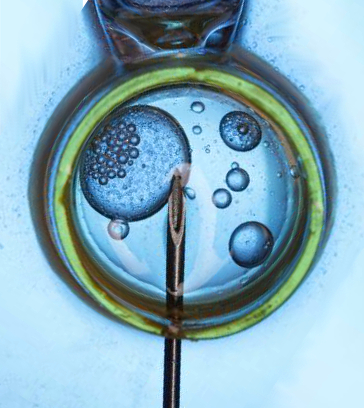IVF twin rate drops
 The rate of multiple births from IVF treatments has reached a historic low.
The rate of multiple births from IVF treatments has reached a historic low.
Having twins and triplets was once considered the greatest risk of IVF treatment, but the latest IVF report shows that multiple births are less and less common.
The multiple birth rate following assisted reproductive technology (ART) has decreased from 3.2 per cent in 2018 to 2.7 per cent in 2022, according to the 2022 Australian and New Zealand Assisted Reproduction Database (ANZARD) report (PDF).
The reduced multiple birth rate is primarily attributed to an increase in single embryo transfers, which have become a standard practice in ART.
The report says single embryo transfers rose from 90.6 per cent in 2018 to 94.2 per cent in 2022. This shift has contributed to improving both maternal and infant health outcomes.
“Our multiple birth rate is among the lowest in the world, and has been achieved at the same time as pregnancy rates have been improving,” said Professor Georgina Chambers, lead author of the report and Director of the National Perinatal Epidemiology and Statistics Unit at UNSW.
She also pointed out that Australia has been a leader in demonstrating high success rates with single embryo transfers.
Australia and New Zealand have maintained IVF multiple birth rates under 5 per cent for a decade, compared to the European average of 10.2 per cent.
The increasing preference for single embryo transfers has had significant benefits.
“The rise in single embryo transfers has been crucial in ensuring that most babies born through IVF are healthy, full-term singletons. This practice not only enhances the babies’ wellbeing but also supports maternal health,” says Petra Wale, senior embryologist and President of the Fertility Society of Australia and New Zealand (FSANZ).
Multiple births are associated with higher risks of complications, such as preeclampsia, gestational diabetes, pre-term birth, and low birth weight.
The reduced multiple birth rate aligns with ongoing improvements in ART practices in both Australia and New Zealand.
Wale added that this reflects the region's commitment to providing the highest standards of reproductive care.
In 2022, 108,913 ART treatment cycles were performed across Australian and New Zealand ART Units, resulting in 20,058 births.
Notably, more than one in three women (38.9 per cent) who commenced their first ART cycle in 2019–2020 achieved a live birth in their first cycle, and 59.5 per cent had a live birth by their sixth cycle.
“It’s encouraging to see these rates – they show that we are able to maintain a high level of safety in Australia and New Zealand while also keeping success rates high,” Chambers said.
Frozen embryo transfers continue to demonstrate superior outcomes compared to fresh embryo transfers.
The live birth rate per thaw embryo transfer cycle increased from 29.3 per cent in 2018 to 32.1 per cent in 2022, while the live birth rate for fresh embryo transfers also saw an improvement, rising from 24.6 per cent to 25.9 per cent.
The report also highlighted maternal age as a crucial factor in IVF success.
For women under 30, the cumulative live birth rate after three ART cycles was 70.4 per cent, but this rate dropped significantly to 22.5 per cent for women aged 40 to 44 and just 1.3 per cent for women aged 45 or older.
Additionally, the report observed a sharp increase in fertility preservation cycles, with 6,899 cycles reported in 2022, reflecting an 89 per cent rise since 2020.








 Print
Print